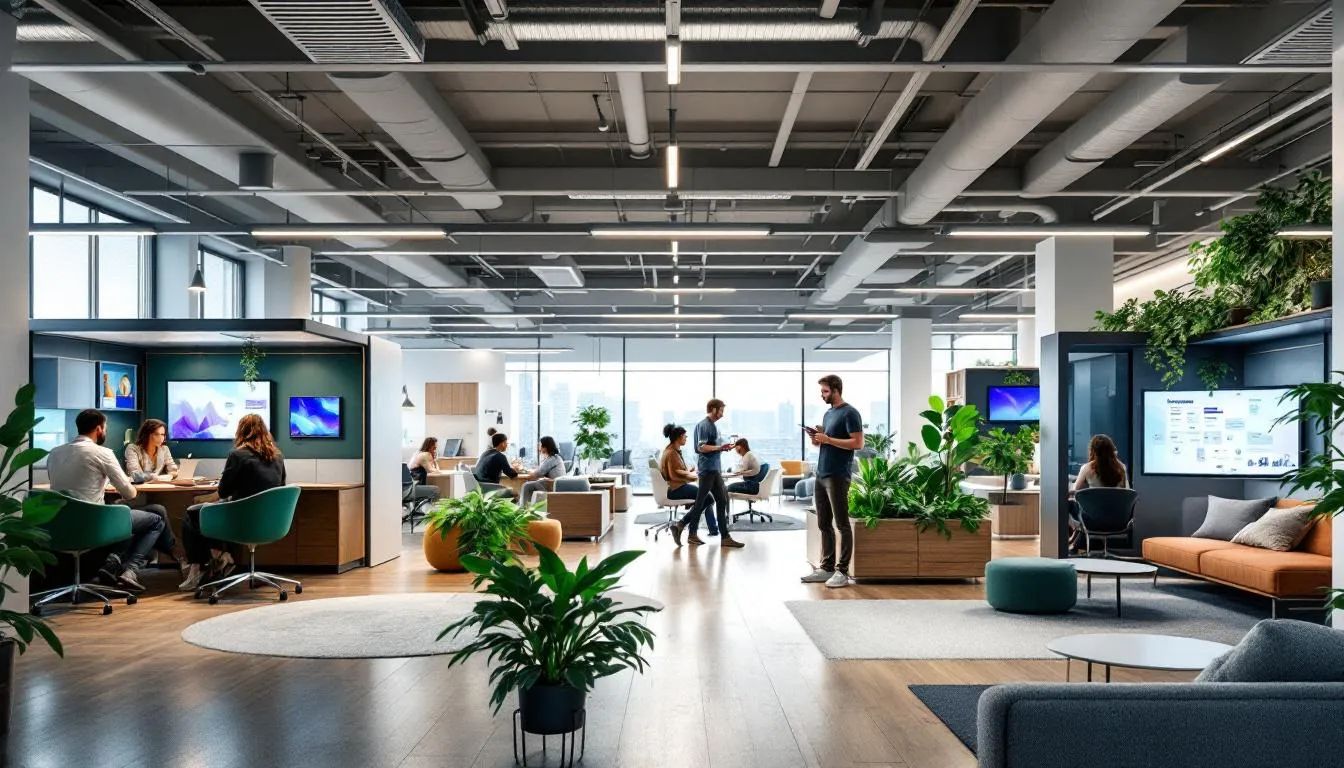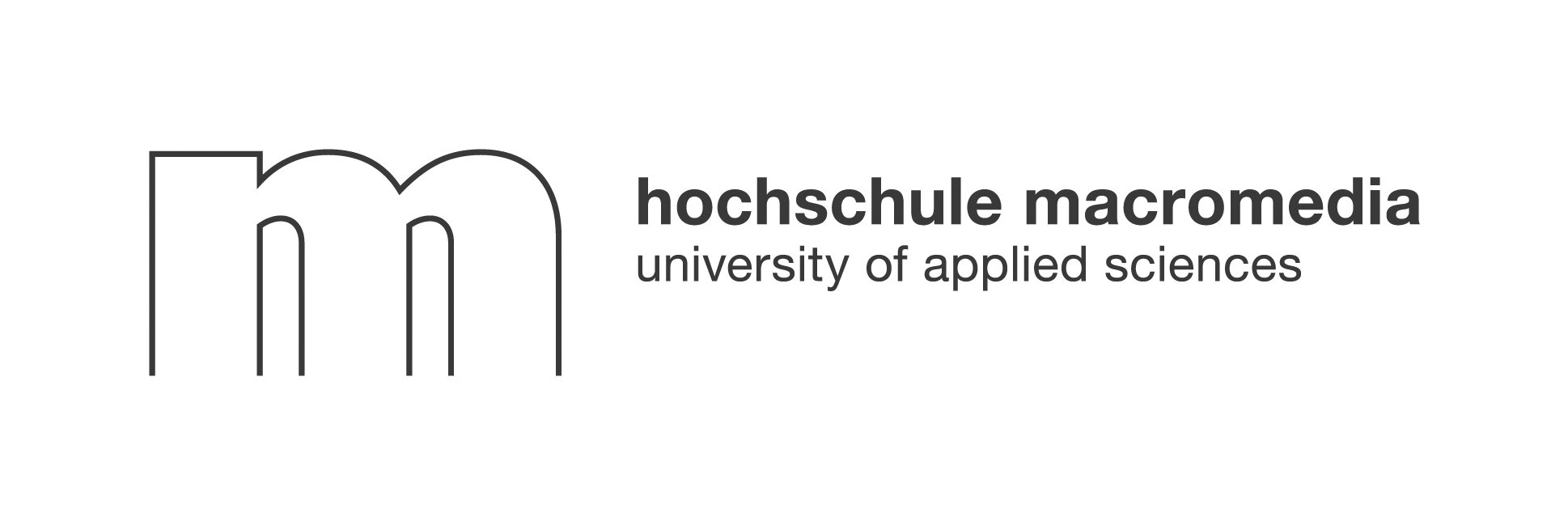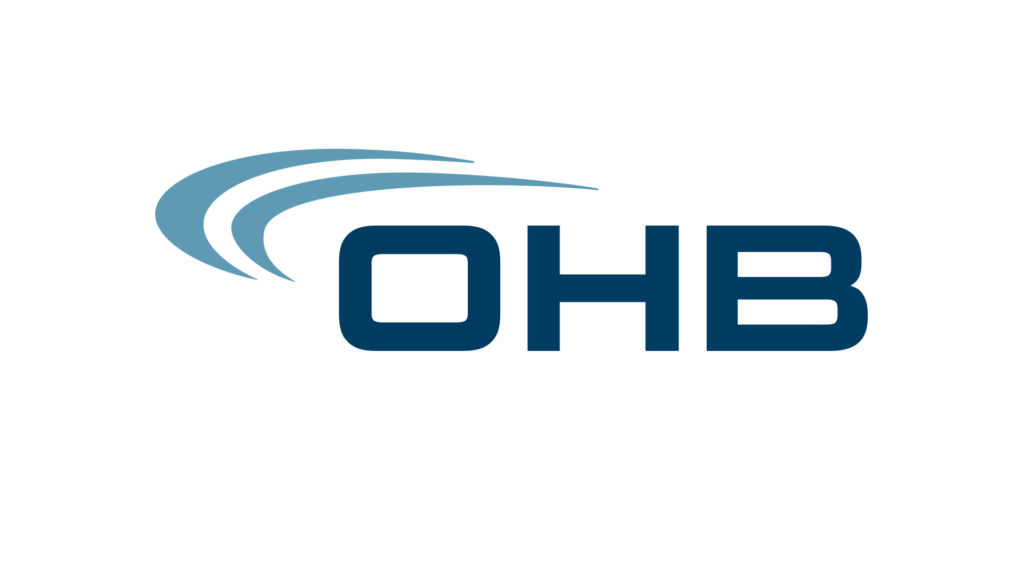The world of work is changing at a pace few could have predicted. As organizations look ahead, designing the workplace of the future is no longer just about beautiful buildings or open floor plans—it's about creating environments that help people do their best work, together, wherever they are. This article explores why the old ways fall short, how new approaches are reshaping the office, and why AI-driven solutions like Neroia are leading the way in building truly connected, resilient, and high-performing workplaces.
Why the Future of Work Demands a Rethink of Office Space
The talent, productivity and cost pressures converging in 2025
In 2025, organizations face a triple challenge: fierce competition for talent, the need to boost productivity, and relentless pressure to control costs. The shift to hybrid and remote work, brought on by the pandemic and cemented by new employee expectations, has made it clear that traditional office designs are no longer fit for purpose. Old models—rows of desks, rigid schedules, and generic break rooms—fail to inspire, connect, or even retain people.
“Businesses are focused on recruiting the best staff and getting the most out of them, which means workplace design is a crucial element in corporate strategy.”
— JLL, Future of Work Survey 2024
The stakes are high: according to JLL’s 2024 survey, 64% of leaders expect their workforce to grow by 2030, and 60% plan to invest more in workplace design and refurbishment. But simply spending more isn’t enough. The future demands smarter, more flexible, and more human-centric approaches.
Lessons learned from pandemic-era experiments
The pandemic forced organizations into a massive experiment. Remote work proved possible, but also revealed the limits of disconnected, ad-hoc arrangements. Many employees missed spontaneous conversations, cross-team collaboration, and the sense of belonging that offices once provided. Yet, few want a full return to the old nine-to-five routine.
This experience taught leaders that the physical workplace must offer more than a desk: it must create authentic connections, support diverse work styles, and adapt as needs evolve. The future belongs to organizations that blend the best of digital and physical, making every square foot count toward engagement and performance.
Linking Purpose, Culture and Space for Authentic Impact

Translating mission statements into physical touchpoints
A company’s mission and values shouldn’t just live in a handbook—they should be felt in every corner of the workplace. Designing the workplace of the future means translating purpose into tangible experiences: spaces that encourage collaboration, celebrate achievements, and reflect what makes an organization unique.
For example, a company focused on innovation might create flexible labs or brainstorming zones, while one that values well-being could offer meditation rooms and green spaces. The key is intentionality: every design choice should reinforce what matters most to the organization and its people.
Brand storytelling through workplace design
Workplace design is a powerful storytelling tool. Colors, materials, and layouts all send signals about a company’s identity and priorities. But in hybrid and remote settings, the challenge is greater—how do you foster culture when people aren’t always on site?
This is where digital and physical design must work hand in hand. Platforms like Neroia help bridge the gap by curating micro-events and experiences that echo the organization’s values, whether employees are in the office or joining remotely. By weaving brand purpose into daily interactions, companies can build a culture that thrives beyond walls.
Creating Flexible, Activity-Based Environments for Hybrid Teams
From fixed desks to multi-choice zones that adapt daily
Rigid office layouts are out. Today’s high-performing workplaces offer a mix of spaces: quiet zones for focused work, casual lounges for informal chats, and collaborative hubs for teamwork. Employees can choose where to work based on their tasks and mood, making the office a destination, not an obligation.
A flexible, activity-based approach also supports hybrid teams. If some employees are remote, spaces can be reconfigured for video collaboration or small-group meetups. This adaptability keeps the office relevant and inviting, even as work patterns shift.
Guidelines for effective desk-sharing and booking systems
With fewer people in the office full-time, desk-sharing and booking systems help maximize space and minimize friction. The best solutions are:
- Easy to use, with real-time availability
- Integrated with collaboration tools (like Slack or Teams)
- Respectful of privacy and personal preferences
Neroia’s AI-driven platform exemplifies this approach by seamlessly integrating with popular tools and coordinating micro-events that fit everyone’s schedules. Employees can effortlessly discover opportunities to connect—whether it’s a yoga class, a cycling meetup, or a brainstorming session—without endless email chains or awkward calendar juggling.
Integrating Smart Technology and Data for Seamless Experiences
IoT sensors and real-time analytics that drive decisions
Smart workplaces use technology not just for show, but to make life easier and more efficient. IoT sensors can track how spaces are used, adjusting lighting, temperature, and amenities in real time. Analytics reveal which areas are popular, helping leaders optimize layouts or plan refurbishments.
“Sensors in the ceiling can determine how often a space is used, and how; they can control lights, heating and cooling, and the space responds to whomever is in it.”
— Buildings.com, 2024
But the real power comes from connecting this data to employee experience. For instance, anonymized insights from platforms like Neroia help HR teams understand what types of activities drive engagement and well-being, without compromising privacy.
Future-proofing spaces for AI-enabled collaboration
Artificial intelligence is rapidly reshaping how teams work together. Offices must be ready for AI-powered tools—from smart scheduling assistants to virtual brainstorming rooms. Future-proof design means building in flexibility: modular furniture, robust connectivity, and spaces that can evolve as technology advances.
Neroia’s platform is built for this future. By using AI to recommend and coordinate micro-events, it adapts to changing team needs, preferences, and schedules. Whether employees are in the office, at home, or on the go, they can participate in meaningful interactions that boost morale and productivity.
Designing for Wellbeing, Sustainability and Social Value
Biophilic and hospitality-inspired elements employees love
A healthy workplace is a productive one. Natural light, indoor plants, and comfortable furniture make offices more inviting and reduce stress. Hospitality-inspired touches—like cozy lounges, quality coffee, and wellness amenities—turn the office into a place people want to be, not just have to be.
Research shows that such features improve satisfaction and performance. For example, JLL’s Tokyo office redesign increased employee satisfaction scores from 58 to 83 and productivity from 52 to 71, while reducing stress.
Embedding circular economy principles into refurbishments
Sustainability is no longer optional. Organizations are embracing the circular economy by reusing materials, upcycling furniture, and designing for adaptability. This not only reduces environmental impact but also creates unique, inspiring spaces.
Forward-thinking companies even open their amenities to local communities, strengthening social ties and maximizing the value of every square meter. These choices appeal to younger talent, who increasingly prioritize environmental and social responsibility when choosing where to work.
Using Continuous Experimentation and Metrics to Stay Ahead

Collecting the right utilisation and experience data
The best workplaces don’t stand still—they evolve. Leaders need real-time data on how spaces are used, what employees value, and where improvements are needed. This includes:
- Occupancy rates and space utilization
- Participation in events and activities
- Employee feedback on satisfaction and well-being
Platforms like Neroia make this easy by providing anonymized analytics on micro-event participation, engagement trends, and emerging needs. This empowers organizations to iterate quickly and make evidence-based decisions.
Agile pilots versus one-off mega renovations
Big, expensive office overhauls are risky and often outdated before they’re finished. Instead, agile, small-scale pilots allow teams to test new layouts, technologies, or engagement strategies, gather feedback, and refine their approach.
For example, companies using Neroia have piloted AI-coordinated yoga sessions and company runs, adjusting offerings based on participation and feedback. This continuous learning mindset ensures the workplace stays aligned with people’s real needs.
Your 5-Step Action Plan to Start Designing the Workplace of the Future
Designing the workplace of the future: a quick-start checklist
Ready to get started? Here’s a practical roadmap for designing the workplace of the future:
Building a cross-functional team and securing buy-in
Success requires collaboration. Bring together HR, IT, facilities, and employee representatives to co-create solutions. Communicate the vision clearly, emphasizing benefits like improved well-being, stronger culture, and higher productivity.
“Leaders can consider modular and agile workplace solutions to adapt to evolving team needs in days—not months or years.”
— McKinsey, 2022
Encourage participation at every step, from surveys to pilot programs, to ensure buy-in and lasting impact.
Why Traditional Designs Fall Short—And How Neroia Bridges the Gap
Most legacy office designs were built for a different era: one where everyone clocked in at the same time, sat at the same desk, and followed the same routines. These spaces often:
- Lack flexibility for hybrid schedules and remote work
- Offer little personalization or choice
- Fail to foster authentic, informal connections
- Rely on top-down engagement programs that feel forced or generic
As a result, employees can feel isolated, disengaged, or disconnected from their colleagues and the company’s mission.
Neroia’s vision is to change this, using artificial intelligence to foster organic, meaningful relationships in the flow of work. Instead of one-size-fits-all perks, Neroia curates micro-events—small group activities like yoga, cycling, or cultural exchanges—tailored to individual interests and real-time availability. These experiences are seamlessly integrated with collaboration tools like Slack, Zoom, and Microsoft Teams, making participation effortless for everyone, regardless of location.
“Neroia’s platform helped our hybrid team effortlessly discover new ways to connect—yoga in the park, company runs, and even virtual coffee chats. The AI coordination meant no more awkward scheduling, and everyone felt included.”
— OHB Pilot Participant
Neroia’s AI orchestrates these connections, using anonymized data to protect privacy while providing HR with valuable insights into engagement and well-being. The result is a dynamic, inclusive workplace where silos break down, relationships flourish, and culture comes alive—no matter where people are working.
How Neroia’s Approach Aligns with 2025 Workplace Trends
The future of work is flexible, empathetic, and focused on well-being. Neroia’s platform brings these trends to life by:
- Supporting hybrid and remote teams with personalized, AI-driven engagement
- Integrating with existing tools for a frictionless experience
- Prioritizing employee privacy and autonomy
- Enabling continuous measurement and improvement
- Encouraging authentic, small-group interactions that build real relationships
By designing the workplace of the future around people—not just processes or spaces—Neroia helps organizations attract and retain top talent, boost productivity, and create cultures where everyone can thrive.
Conclusion: Building Connection, Well-Being, and Success—One Micro-Event at a Time
Designing the workplace of the future is about more than furniture and floor plans. It’s about creating environments—physical and digital—that bring people together, spark creativity, and support well-being. As organizations look to 2025 and beyond, the most successful will be those that embrace flexibility, empathy, and the power of authentic connection.
Neroia stands at the forefront of this movement, offering a platform that transforms engagement through AI-driven, personalized micro-events. By breaking down barriers, nurturing vibrant relationships, and continuously adapting to evolving needs, Neroia empowers organizations to build workplaces where everyone feels seen, supported, and inspired to do their best work.
“The future of work belongs to those who design for people first—cultivating connection, well-being, and purpose every day.”
— Neroia
To unlock the full potential of your workplace, start designing the workplace of the future with Neroia—where authentic connections drive success.




